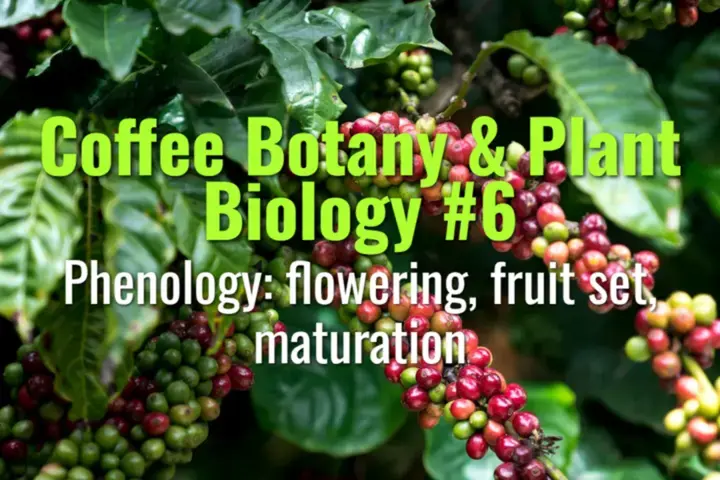
Phenology: flowering, fruit set, maturation
This topic explains the phenological cycle of the coffee plant—how it flowers, sets fruit, and matures—and why these stages are critical for yield, quality, and farm management.

This topic explains the phenological cycle of the coffee plant—how it flowers, sets fruit, and matures—and why these stages are critical for yield, quality, and farm management.
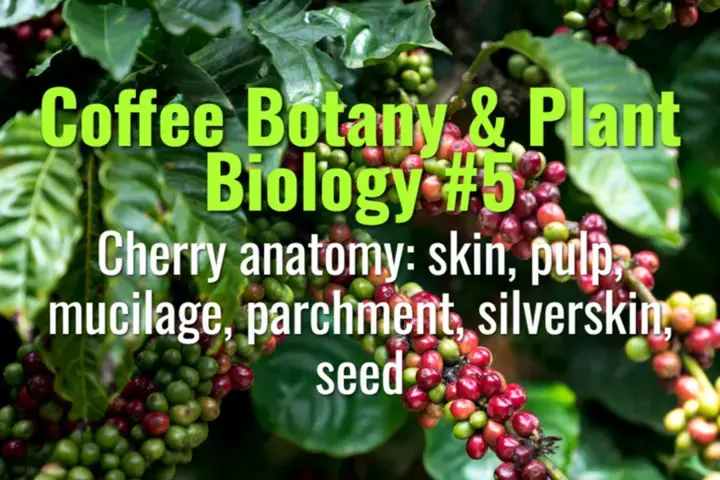
This topic breaks down the structure of the coffee cherry, layer by layer, showing how each part influences processing, flavor development, and the quality of the final cup.
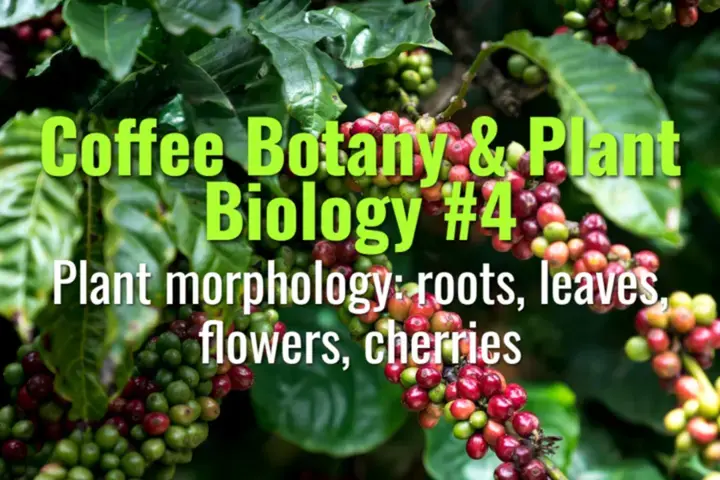
This topic introduces the main structural features of the coffee plant—its roots, leaves, flowers, and cherries—and explains their roles in growth, reproduction, and quality of the final cup.
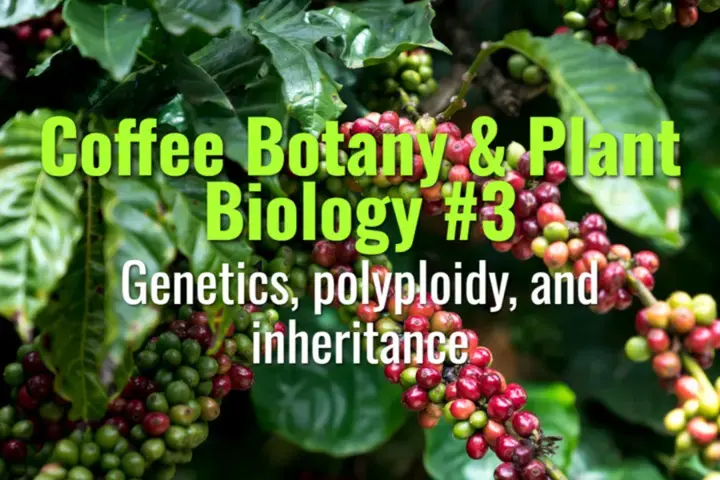
This topic explores the genetic makeup of coffee species, how polyploidy shaped Arabica’s evolution, and why inheritance patterns are key to breeding programs and future resilience.
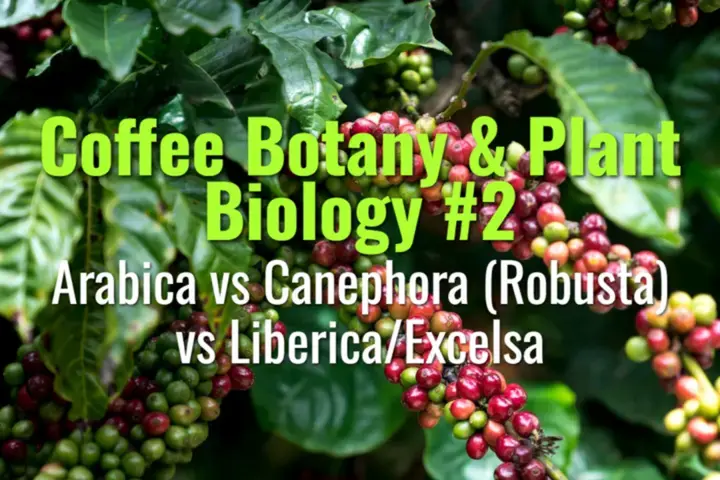
This topic compares the three main commercial coffee species—Arabica, Robusta (Canephora), and Liberica/Excelsa—covering their genetics, cultivation environments, bean traits, flavor profiles, and market roles.
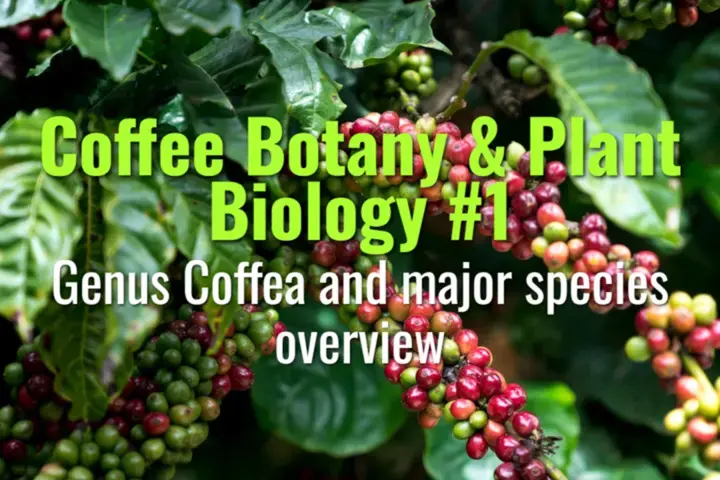
This topic introduces the genus Coffea, explains its major species, and outlines their biological traits, cultivation differences, and global significance.